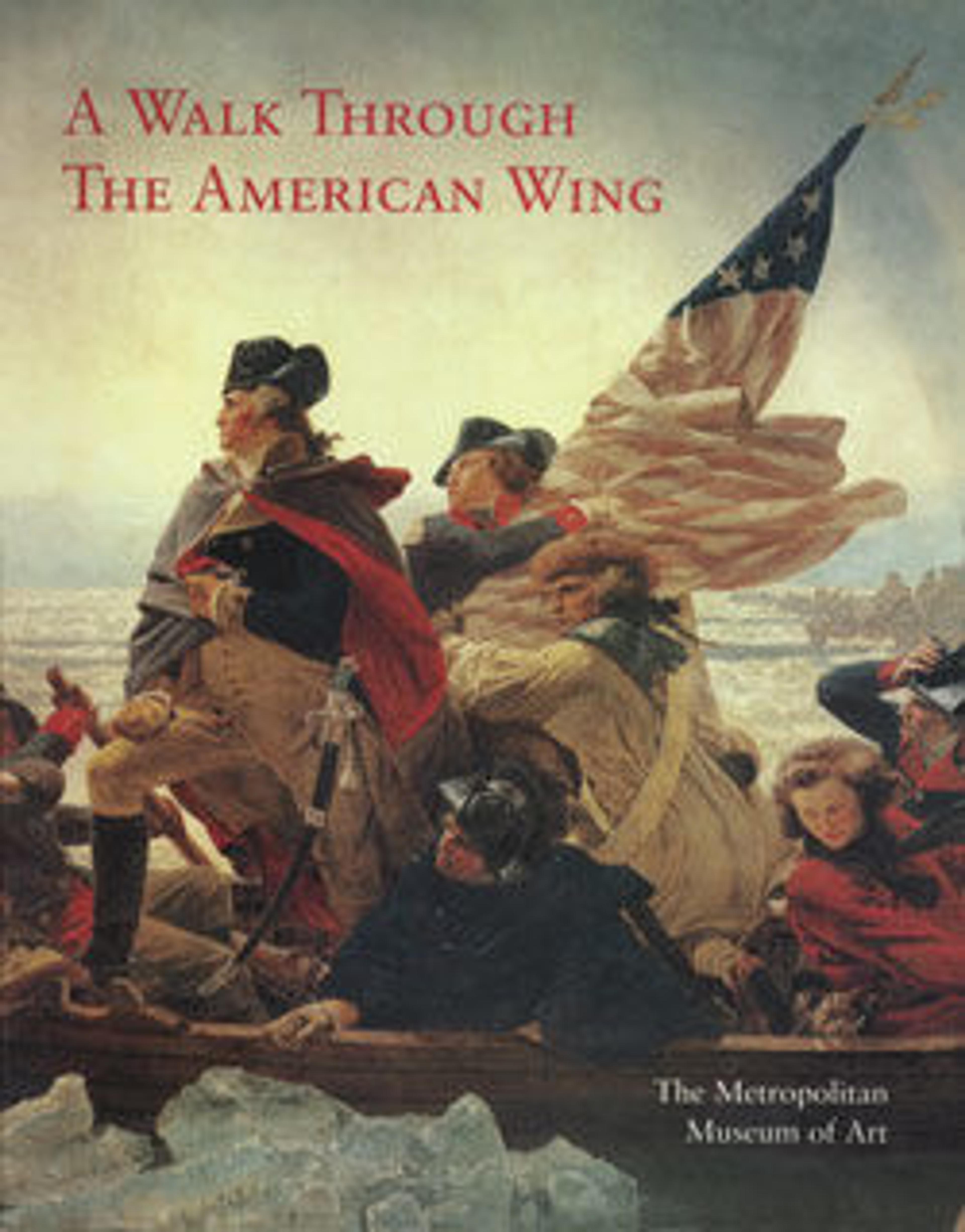Tilt-Top Table
Artwork Details
- Title: Tilt-Top Table
- Date: 1765–75
- Geography: Made in Philadelphia, Pennsylvania, United States
- Culture: American
- Medium: Mahogany; brass, iron
- Dimensions: H. 27 1/2 in. (69.9 cm); Diam. 33 3/8 in. (84.8 cm)
- Credit Line: Rogers Fund, 1925
- Object Number: 25.115.31
- Curatorial Department: The American Wing
Audio
4014. Tilt-Top Table
SHARON MEHRMAN: I’m Sharon Mehrman. I’m a furniture maker and historian. The first thing that strikes me about this table is the grain in the top. This is mahogany, and mahogany typically has a really straight grain. And so when I look at this, the first thing that I thought was, "Oh my god, what a nightmare that would be to carve because the grain is just going everywhere." And then I thought, "No, actually, it's ideal. This is like the perfect piece of wood to make this piecrust table out of."
The way that wood fibers are, if you imagine a bundle of straws, if you take your chisel and you go across the bundle of straws, the wood just peels right up and it's almost effortless. But when you try to put your chisel into the ends of the straws, then you start getting hung up on the grain. The fibers actually tear and split instead of being cut.
NARRATOR: This table is cut from a section of the tree called a “crotch,” where a branch grew from the trunk and created a feathery grain pattern. Though difficult to carve, the result is a beautiful object, one that the carver had to carefully envision before even starting work. This process is one that Sharon Mehrman knows well.
SHARON MEHRMAN: I’ve been going to the same lumberyard for 20 years, and they come to me, and they say, “Do you need help?” No! I’m going to be here for four hours, and I’m going to pick out boards for this next commission, and you can’t help with that [laughs] because I need to see." I can see the grain through the roughness and the dirt. So I’m sure that when the maker saw that piece of mahogany for the piecrust table, they knew immediately. I’m sure it was probably covered with dirt and completely rough and looked terrible, but they could see that grain and say, “This is the one.”
More Artwork
Research Resources
The Met provides unparalleled resources for research and welcomes an international community of students and scholars. The Met's Open Access API is where creators and researchers can connect to the The Met collection. Open Access data and public domain images are available for unrestricted commercial and noncommercial use without permission or fee.
To request images under copyright and other restrictions, please use this Image Request form.
Feedback
We continue to research and examine historical and cultural context for objects in The Met collection. If you have comments or questions about this object record, please contact us using the form below. The Museum looks forward to receiving your comments.
